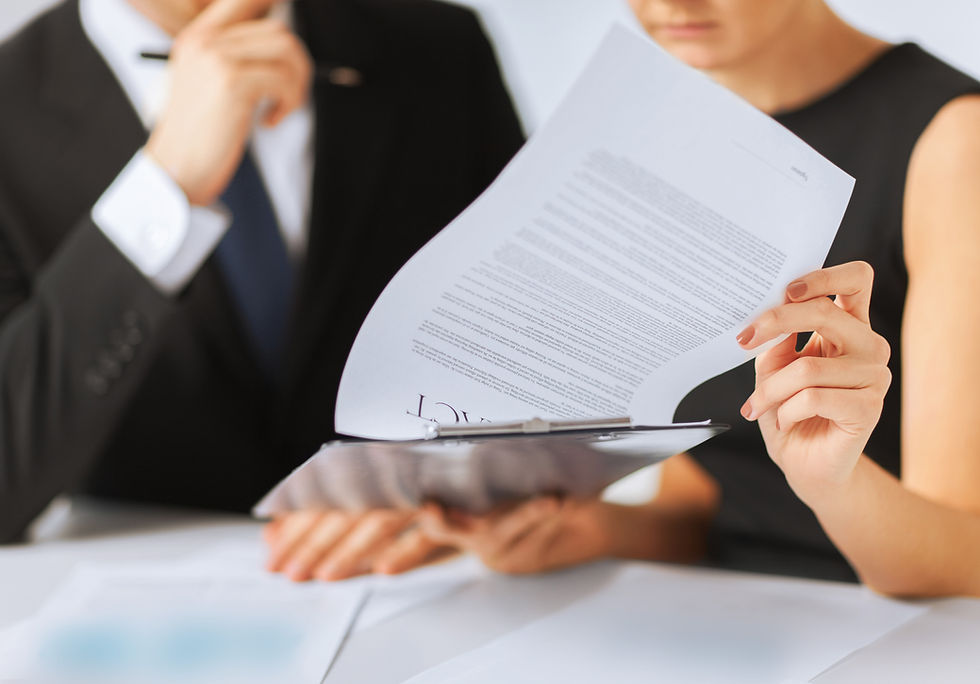Patent Exhaustion: What does this mean to a patent licensee?
- Ronnie Stern
- Sep 3, 2020
- 2 min read
The US Supreme Court has explained “The longstanding doctrine of patent exhaustion provides that the initial authorized sale of a patented item terminates all patent rights to that item.” See, Quanta Computer, Inc. v. LG Elecs., Inc., 553 U.S. 617, 625 (2008). In other words, when a patent licensee (or patent owner) sells a product covered by that licensed patent, that patent cannot be later asserted against a downstream buyer or user of the product. Such patent shall be deemed exhausted with regard to downstream buyers using that particular product. As you can imagine, if you are a patent licensee selling products covered by the licensed patent, it would be crucial to assure your customers are not exposed to potential infringement action. As a licensee you would want exhaustion to be triggered.

To trigger exhaustion, there must be: (1) an authorized sale; and (2) a patented product sold.
(1) The authorized sale may be determined by the terms of the Patent License agreement itself. A Licensee should assure the terms to "make, use, or sell" products covered by the patent are broad enough to cover the actual intended use by the Licensee. Otherwise, if Licensee ends up selling products outside the scope of the license, there may be an argument there was no "authorized" sale of the product per the License Agreement, and exhaustion is not triggered -- meaning the Licensee's customers are at infringement risk.
(2) A product is deemed "patented" when the product, being sold by licensee, substantially embodies the patent. At a high level, if a patent licensee sells a product that has no reasonable non-infringing use and includes all the inventive aspects of the patent, the product may be deemed "patented."
Satisfying both (1) and (2) would provide reasonable grounds for patent exhaustion. From a practical perspective, exhaustion would mean the licensee's customers would not be exposed to infringement liability vis-à-vis the licensed patent.




Comments